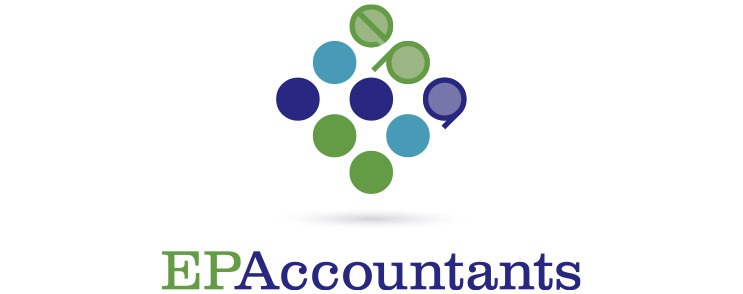The Employment Allowance reduces an employer's NIC liability. The current allowance is £5,000. An employer can claim less than the maximum if this covers or eliminates their total Class 1 NIC bill.
The allowance is only available to employers that have employer NIC liabilities of under £100,000 in the previous tax year. Connected employers or those with multiple PAYE schemes will have their contributions aggregated to assess eligibility for the allowance. The Employment Allowance can be used against employer Class 1 NICs liability. It cannot be used against Class 1A or Class 1B NICs liabilities. The allowance can only be claimed once across all employer’s PAYE schemes or connected companies. De minimis state aid rules may also apply in restricting the use of the allowance.
Employment Allowance claims need to be re-submitted each tax year. There are currently a number of excluded categories where employers cannot claim. This includes limited companies with a single director – and no other employees – as well as employees whose earnings are within IR35 ‘off-payroll working rules’.
You can also backdate your claim for the Employment Allowance for the previous four tax years.
For the tax years 2018-19 and 2019-20, it does not matter how much your employers’ Class 1 NICs liability was or how much de minimis state aid you received.
The Employment allowance was £3,000 in 2018-19 and 2019-20 and £4,000 in 2020-21 and 2021-22.



